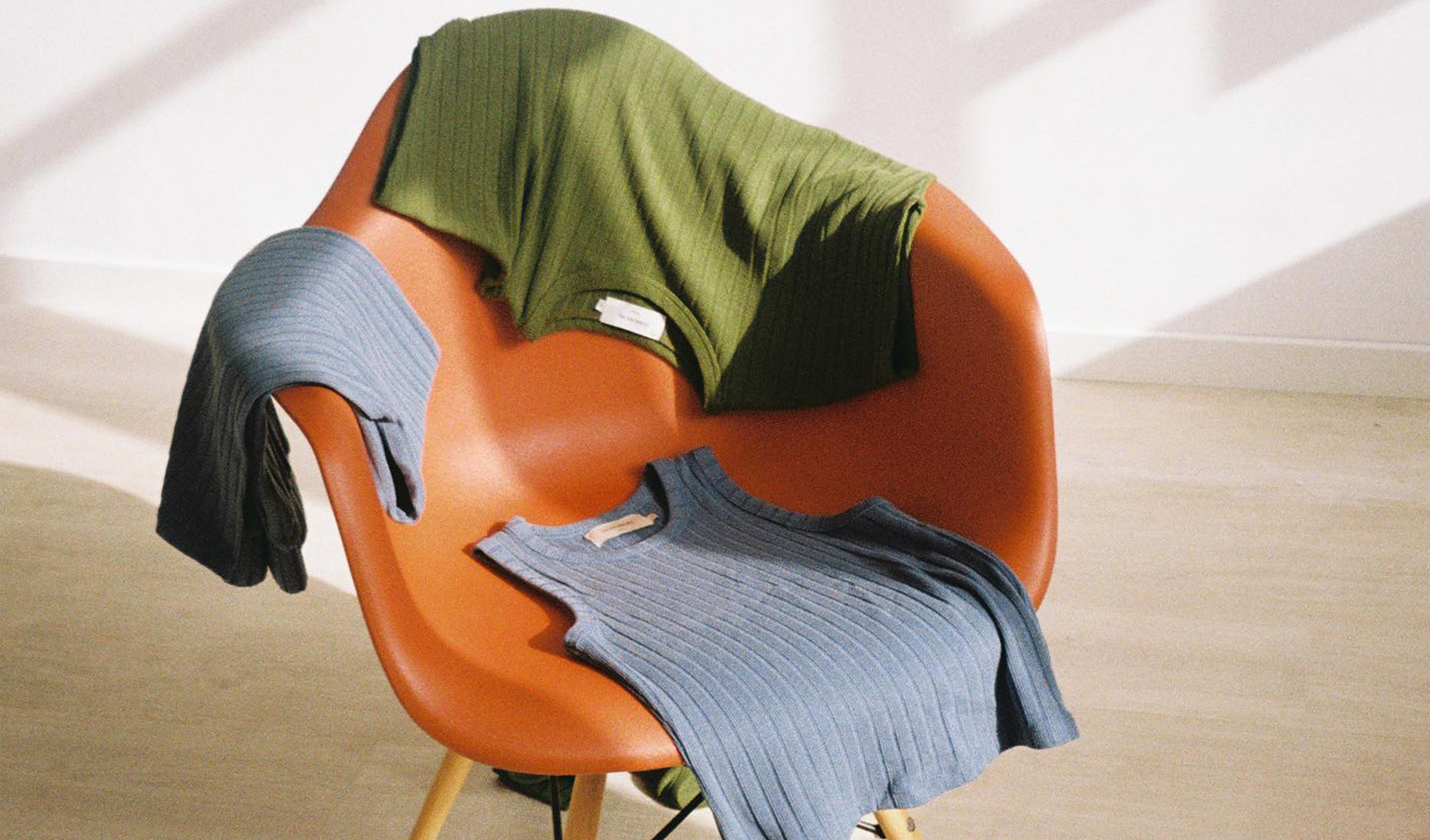In the current landscape of the fashion industry, quantifying environmental impact savings has become a key way for companies to prove their commitment to sustainability. However, a recurring question arises: are these savings figures being calculated and communicated with the highest accuracy? Fashion brands that share their impact savings often fall into a common mistake that could cost them public credibility and legislative sanction. Below we will tell you what it is and how to avoid it with the help of BCome.
We must be aware that these savings do not magically materialize, but rather arise from a meticulous comparison of two impact figures
It’s common to come across headlines similar to “In our latest collection we have achieved a 50% reduction in CO2 emissions”. However, we must be aware that these savings do not magically materialize, but rather arise from a meticulous comparison of two impact figures. Therefore, when brands brag about their savings, are they talking about an evolution compared to previous collections or are they taking the industry standard as a reference?
One of the most common mistakes that brands make when analyzing these savings is calculating them based on their own previous impacts, but calculated using different methodologies, which makes comparison difficult. Another common mistake is basing calculations on data provided by other brands, which again invalidates the comparison due to methodological differences. Additionally, the use of generic industry standards that don’t cover the entire value chain can also limit the accuracy of impact measurements. Therefore, it’s essential to critically evaluate how these impact savings are defined and communicated to understand their true magnitude.
Key requirements of the Green Claims Directive include making meaningful comparisons and Precisely defining the framework in which impacts are compared is essential to substantiate savings claims. In this sense, headlines such as the one mentioned above would be considered insufficient or incomplete in accordance with this directive.
At BCome, our impact savings calculation method involves comparing a company’s environmental impact to what we know as the “industry standard”. However, the nature of this standard often raises questions among brands. Is it simply an average of the companies we collaborate with? No, it’s not. Our approach is more accurate and covers a broader spectrum. Below, we’ll detail how we carry out these environmental savings calculations to provide accurate and reliable data.
Benchmarking is carried out by comparing the “innovative” and “sustainable” parameters of a brand’s product with its conventional alternative on the market. The industry standard is always based on a product of the same type, weight and functionality, with the following modified parameters:
- Conventional composition based on BCome’s LCA methodology. The nature, properties and density remain the same.
This is a crucial aspect of benchmarking. To calculate environmental savings, we compare the environmental impact of a product with that of an equivalent conventional product. If brands don’t use the same criteria and methodology to evaluate their impacts, savings can be misinterpreted. BCome ensures that both more sustainable and conventional products are evaluated using the same LCA methodology to maintain consistency and accuracy.
- Conventional finishes based on BCome’s LCA methodology. Providing the same function to the garment.
The finishes on a garment can have a significant impact on its environmental footprint. When comparing a more sustainable product with a conventional one, it’s essential to ensure that the functions provided by the finishes are similar. BCome’s methodology takes this into account to ensure a fair and accurate comparison.
- The origin of Tier 4, Tier 3, Tier 2 and Tier 1 is moved to China. The transportation of raw materials and materials is specified as carried out by truck (4000 km). The warehouse origin matches the declared location. In the case of intercontinental trips, the transportation of manufactured products will be indicated as land (truck), while in transcontinental trips, it will be specified that it is carried out by air.
By standardizing these factors across China and specific transportation methods, BCome ensures that the comparison is meaningful and impartial. Different transportation methods and origins can lead to variations in a product’s environmental impact.
- Packaging for shipping and storage is based on cardboard boxes and plastic film. Packaging for retail sales (both in-store and online) is defined according to BCome’s LCA methodology.
By defining packaging standards based on BCome’s LCA methodology, brands can make consistent and accurate comparisons between more sustainable products and their conventional equivalent.
In short, BCome’s approach to calculating environmental savings ensures brands are comparing fairly. By using standardized parameters, they eliminate potential bias and provide a clear and accurate representation of their sustainable performance.
Accurately calculated environmental savings offer a more honest and transparent view of a brand’s sustainability efforts. Without a standardized benchmark, it’s difficult to define whether the reported savings are relevant or simply the result of changing variables in the comparison. By using the BCome methodology, companies can confidently communicate their progress, knowing that the data is reliable and representative.
Furthermore, comparisons are important not only for brands, but also for consumers, who are increasingly aware of the environmental impact of their purchases. When consumers see environmental savings claims, they want to know that these messages are based on fair and consistent comparisons. BCome’s approach aligns with the Green Claims Directive’s requirements for meaningful comparisons, ensuring brands meet the necessary standards of transparency and accuracy.
We can say that the most common mistake that fashion companies make when calculating environmental savings is not using a standardized benchmark. By collaborating with BCome and using our methodology, you are assured of avoiding this mistake and presenting accurate, relevant and transparent data to all your stakeholders. If you want to take a step towards calculating more precise and honest sustainability insights, BCome technology is at your fingertips.








